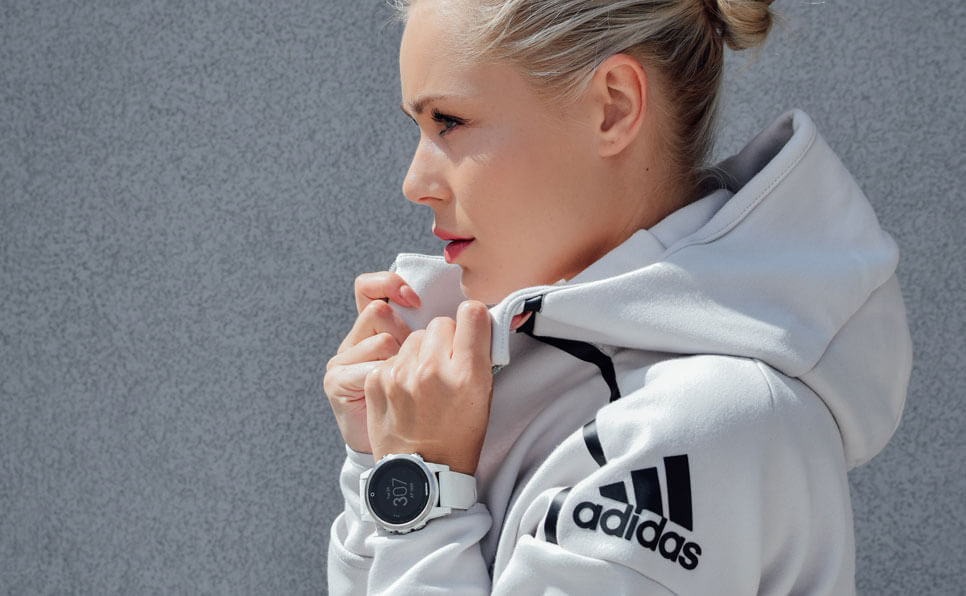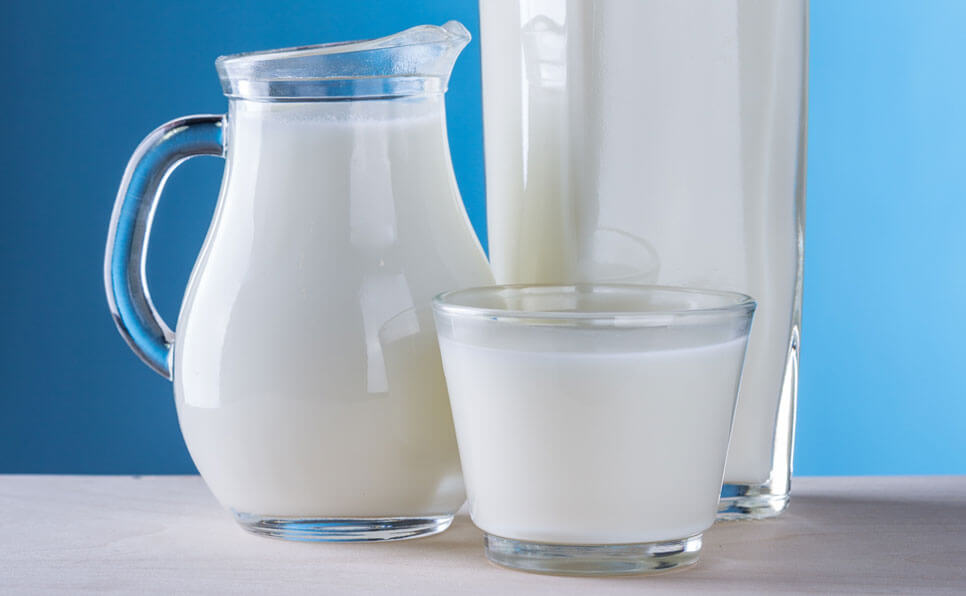The Hidden Shifts Changing the Game in 2025
When we think of advertising trends, we hear the same buzzwords over and over: AI-generated content, influencer marketing, personalization, and short-form videos. And yes — those are shaping the future. But beneath the surface, some quiet but powerful shifts are happening that few people are talking about.
These trends aren’t just reshaping ads — they’re reshaping how we think, feel, and respond as audiences.
Let’s uncover the under-the-radar trends that could define the next wave of impactful advertising.
🧠 1. Nostalgia Reimagined — But Not How You Think
We’ve all seen the return of retro fonts, grainy filters, and Y2K vibes. But the deeper trend?
Emotionally layered nostalgia.
Advertisers are now tapping into emotional memory — blending the past with modern anxieties or hopes. Think: childhood cereal ads that now carry messages about mental health or resilience. The goal isn’t just to make you remember — it’s to make you feel safe in uncertainty.
🔍 Why it matters: Brands aren’t just selling products. They’re selling comfort, identity, and escape in a chaotic world.
🎭 2. Anti-Advertising Ads
Paradoxically, the most powerful ads in 2025 don’t look or feel like ads at all.
We’re seeing more brands break the fourth wall — admitting they’re advertising to you, poking fun at marketing clichés, or even encouraging you not to buy unless you truly need it.
This raw honesty builds trust in a deeply skeptical audience.
📺 Example: A skincare brand running a campaign titled: “You don’t need this — but if you want it, here’s why we made it clean.”
👥 3. Micro-Communities > Mass Reach
Forget reaching a million people with one message. The new focus?
Reaching 1,000 people with a message that feels like it was written just for them.
Brands are now building community-first advertising, targeting niche groups on Reddit threads, Discord servers, or local WhatsApp communities — and using their language, humor, and values. It’s no longer about being everywhere — it’s about being in the right place.
🧬 4. AI Isn’t Replacing Creatives — It’s Changing What Creativity Means
Yes, AI can write copy and generate visuals. But the most innovative brands are using it to augment human creativity, not replace it.
The real trend? “Human-AI co-creation.”
Creative directors are training AI on brand tone, remixing old campaigns with generative tools, or using AI to brainstorm 10 ideas to get to 1 brilliant one.
🎨 Future-forward teams aren’t afraid of AI. They’re teaching it to think with them.
🧏 5. Silence as a Strategy
In a world of noise, the brands that pause get noticed.
Some advertisers are now using intentional silence — a quiet logo reveal, muted audio, or minimalist visuals — to grab attention in overstimulated feeds.
It’s unexpected. It’s elegant. And it forces viewers to lean in.
🧩 Final Thoughts
The best advertising in 2025 isn’t just about algorithms or aesthetics — it’s about understanding culture at a deeper, more emotional level.
It’s about being honest, human, surprising — and sometimes, completely silent.
So while others chase trends, the smart brands are asking:
“What’s changing that nobody sees yet?”
That’s where the real magic lies.
💬 What surprising ad or campaign caught your eye recently? Drop it in the comments — let’s decode the trends together.



Leave a Comment